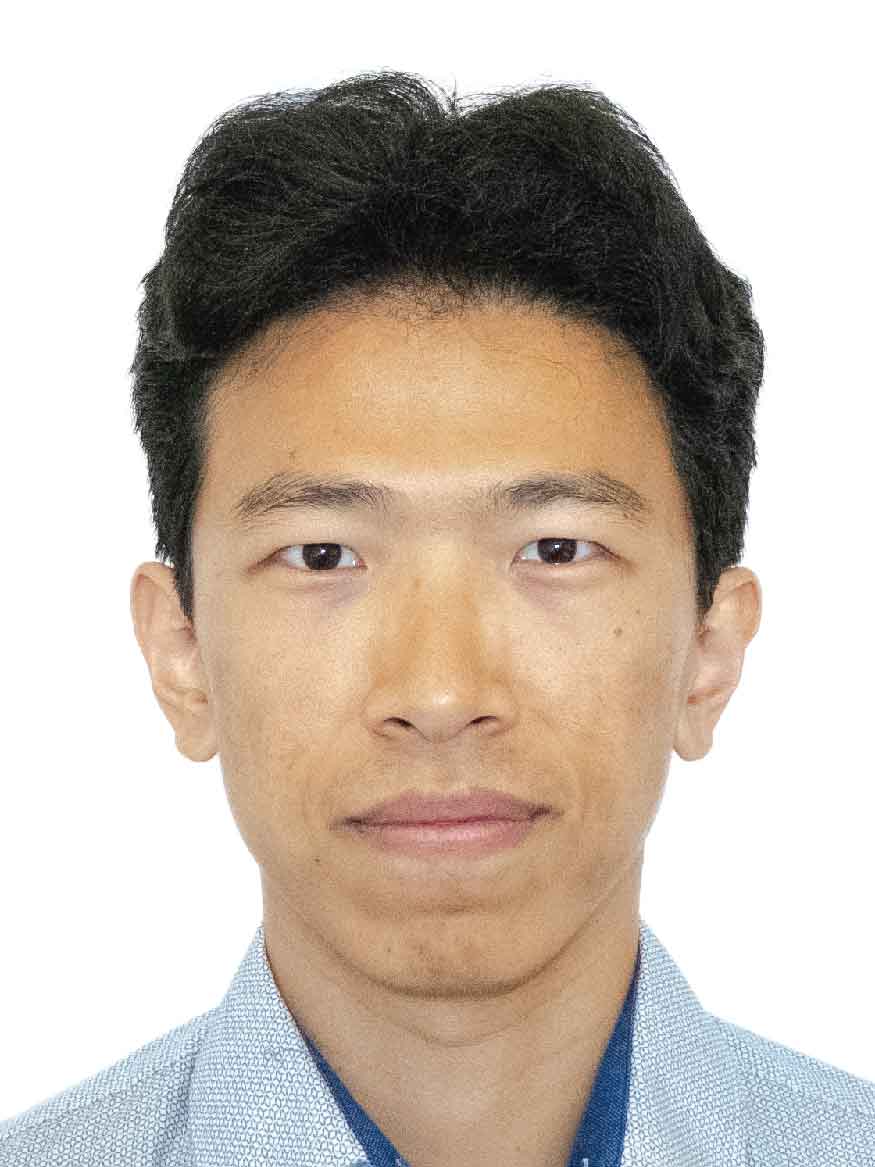Impact of virus-induced oscillating stress response on host cell homeostasis

Project description – Summary – 3rd funding period
Viral infections activate the integrated stress response, a central signaling pathway controlling protein synthesis. This leads to phase separation in the cytosol and the formation of stress granules (SGs), whose possible pro- or anti-viral functions are unclear. By combining time-resolved imaging and quantitative measurements, we propose to elucidate how cellular SG and immune responses interplay and influence the maintenance or return of cells to homeostasis. Using the “stress-sensitive” droplet-based microfluidics approach that we previously developed to study SG phase separation, we will investigate the biophysical properties of SG disassembly, a poorly understood aspect of SG dynamics.
Virusinfektionen aktivieren die integrierte Stressantwort, einen zentralen Signalweg zur Kontrolle der Proteinsynthese, der Zytosol Phasentrennung und Bildung von Stressgranula (SG) induziert. Welche pro- oder antivirale Funktion damit einhergehen ist unklar. Mithilfe zeitaufgelöster Bildgebung und quantitativer Messungen untersuchen wir, wie zelluläre SG- und Immun-Antworten interagieren und Zell-Homöostase beeinflussen.
Weiterhin werden wir unsere bereits etablierte “stresssensitive” mikrofluidische Methode zur Untersuchung der SG-Phasentrennung einsetzen, um die biophysikalischen Eigenschaften des wenig verstandenen Aspektes der SG-Auflösung zu untersuchen.
.
Project staff

Zhaozhi Sun
PhD student
